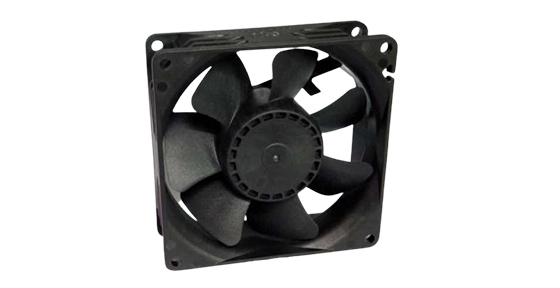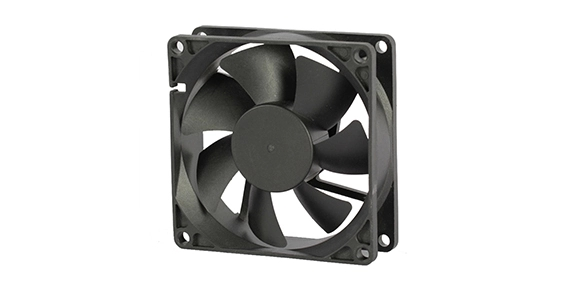In the complex ecosystem of AI servers, where computational intensity reigns supreme, the unassuming yet indispensable axial cooling fans emerge as the unsung heroes in the battle against heat. Their impact on AI server temperature management is nothing short of transformative, orchestrating a thermal symphony that ensures the optimal performance and longevity of these sophisticated computing powerhouses.
The Thermal Challenge: Taming the Heat in AI Servers
Artificial intelligence servers, with their relentless processing of intricate algorithms and massive datasets, generate significant amounts of heat. The efficient management of this heat is paramount to preventing performance degradation and potential hardware failures. Axial cooling fans step into the forefront of this challenge, providing a dynamic solution to keep the thermal equilibrium in check.
Dynamic Airflow Choreography: Axial Cooling Fans in Action
Axial cooling fans, characterized by their blade design that moves air parallel to the axis of rotation, play a central role in maintaining the thermal balance within AI server clusters. Strategically positioned within server chassis, these fans draw in ambient air and channel it over the server components, effectively dissipating the heat generated during intensive computational tasks. The result is a continuous cycle of airflow that prevents overheating and ensures the components operate within their optimal temperature ranges.
This dynamic airflow choreography is essential for preventing thermal throttling, a phenomenon where processors slow down to mitigate heat, compromising overall performance. By efficiently managing the temperature, axial cooling fans enable AI servers to maintain consistent processing speeds, crucial for handling complex algorithms and real-time data analytics.
Adaptive Cooling Intelligence: The Rise of Variable Speed Axial Fans
The evolution of AI server cooling introduces the concept of adaptive cooling intelligence through variable speed axial cooling fans. These intelligent fans adjust their rotational speeds based on the server's temperature demands, creating a responsive and energy-efficient cooling mechanism.
During periods of heightened computational demand, variable speed fans operate at higher speeds, enhancing the cooling capacity to meet increased heat generation. Conversely, during periods of lower activity, the fans slow down, reducing energy consumption and minimizing noise levels. This adaptive approach not only optimizes energy efficiency but also contributes to a quieter and more sustainable data center environment, aligning with the broader trends of green computing.
Reliability and Efficiency: Axial Fans as Guardians of AI Server Longevity
Beyond immediate temperature control, the impact of axial cooling fans resonates through the long-term reliability and lifespan of AI servers. Consistent cooling prevents thermal stress on critical components such as CPUs and GPUs, mitigating the risk of hardware failures. This proactive approach not only enhances server reliability but also extends the lifespan of AI servers, optimizing the total cost of ownership for businesses investing in these advanced computing systems.
In conclusion, the impact of axial cooling fans on AI server temperature management is a symphony of precision and adaptability. From the choreographed airflow that sweeps away excess heat to the adaptive intelligence of variable speed fans, these unassuming components stand as guardians of AI server reliability and efficiency. As the demand for computational power in AI continues to surge, the role of axial cooling fans becomes increasingly pivotal, ensuring that the thermal symphony plays on, uninterrupted, in the ever-evolving landscape of artificial intelligence infrastructure.

 EN
EN  +
+
 +
+
 +
+



